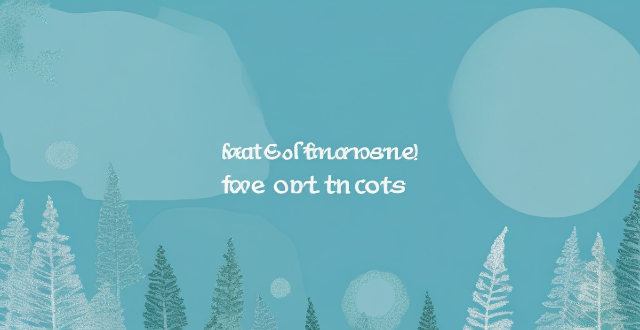The text is a guide to choosing the best time for nature and wildlife vacations. It suggests considering weather conditions, animal migration patterns, crowd levels, and local events when planning a trip. Spring is considered the best time for such vacations because of mild weather and lush landscapes, while summer offers warm weather but potentially crowded destinations. Fall provides beautiful scenery and cooler temperatures for hiking and wildlife spotting, while winter can offer unique opportunities for certain types of wildlife viewing. The text also advises researching specific animal migration schedules if interested in seeing particular species. It recommends visiting during shoulder or off-season for a quieter experience and considering local events for a cultural element. Overall, the guide emphasizes careful consideration of various factors to plan an immersive and rewarding nature and wildlife vacation.

Best Times of Year for a Nature and Wildlife Vacation
A nature and wildlife vacation can be an incredibly rewarding experience, allowing you to connect with the natural world in a way that's difficult to achieve in everyday life. To make the most of your trip, it's important to choose the right time of year to visit. Here are some factors to consider when planning your nature and wildlife vacation:
Weather Conditions
The weather is a crucial factor to consider when planning a nature and wildlife vacation. Ideally, you want to visit during a time when the weather is pleasant and conducive to outdoor activities. Here are some general guidelines:
- Spring: Spring is often considered the best time for a nature and wildlife vacation because the weather is mild and the landscape is lush with new growth. This is also when many animals have their young, providing opportunities for unique wildlife viewing experiences.
- Summer: Summer can be a great time to visit if you enjoy warm weather and longer daylight hours. However, it's important to note that some areas may be too hot or crowded during this season.
- Fall: Fall offers beautiful scenery as leaves change color, and temperatures are generally cooler than summer. This can be an excellent time for hiking and wildlife spotting.
- Winter: Winter can provide unique opportunities for certain types of wildlife viewing, such as observing birds during migration or seeing animals like polar bears in their natural habitat. However, it's essential to prepare for colder temperatures and potentially limited access to some areas.
Animal Migration Patterns
If you're interested in seeing specific animals during your nature and wildlife vacation, it's important to research their migration patterns and plan your trip accordingly. For example:
- Birds: Many bird species migrate during different times of the year, so if you're hoping to see a particular species, make sure to check their migration schedule before planning your trip.
- Mammals: Some mammals, such as elk or caribou, also have distinct migration patterns that you can plan around.
Crowds and Tourist Seasons
Another factor to consider when choosing the best time for your nature and wildlife vacation is how crowded the area will be. Peak tourist seasons can lead to higher prices and more crowds at popular destinations. If you prefer a quieter experience, consider visiting during the shoulder season (the period between peak season and off-season) or even off-season. Just be aware that some attractions or activities may have limited availability during these times.
Local Events and Festivals
Finally, consider any local events or festivals that might coincide with your planned trip. These can add a unique cultural element to your nature and wildlife vacation while providing opportunities to learn about the local community and its relationship with the natural world.
In conclusion, the best time for a nature and wildlife vacation depends on various factors, including weather conditions, animal migration patterns, crowd levels, and local events. By considering these elements carefully, you can plan a trip that allows you to fully immerse yourself in the beauty of nature while enjoying unforgettable wildlife encounters.